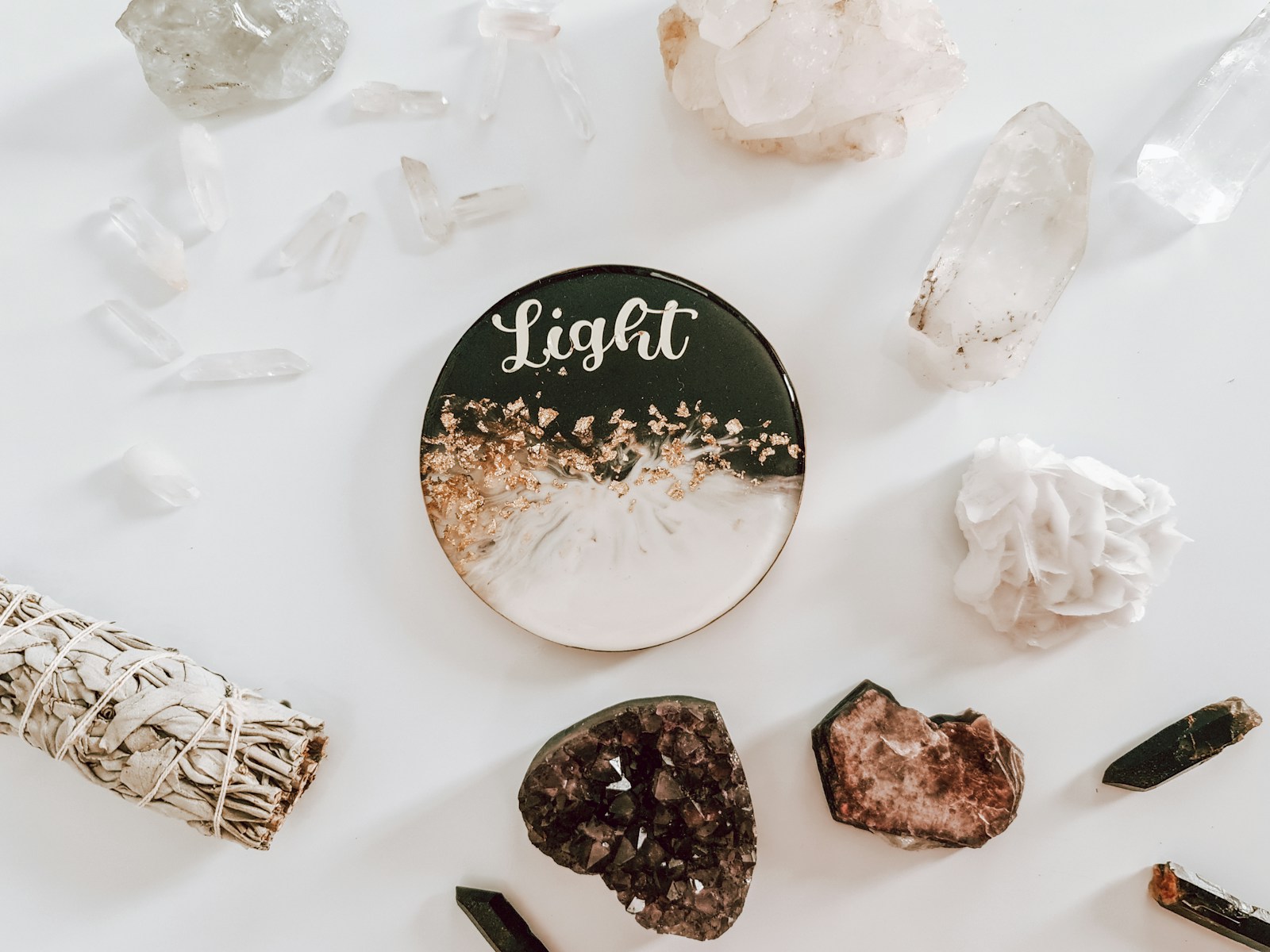Precious gemstones have captivated humanity for centuries, symbolizing wealth, power, and beauty. While the allure of these stones is undeniable, identifying genuine precious gemstones can be a challenge for both collectors and casual buyers. This guide outlines key factors to consider when determining the authenticity and value of gemstones, ensuring that you make informed decisions when adding these treasures to your collection.

1. Understand the Big Four Gemstones
The most recognized precious gemstones are diamonds, rubies, sapphires, and emeralds. Each has distinct properties that make them highly sought after.
Diamonds: Known for their brilliance and hardness, diamonds are graded on the “Four Cs”: cut, color, clarity, and carat weight. A certified diamond report can help verify a diamond’s quality and authenticity.
Rubies: Prized for their deep red color, rubies are graded based on hue, clarity, and saturation. Natural rubies will often have inclusions or small imperfections, while flawless rubies may indicate artificial enhancement.
Sapphires: Typically recognized by their deep blue hue, sapphires come in a range of colors. Their value is determined by color, clarity, and transparency. Look for certifications confirming whether a sapphire is natural or heat-treated, as this impacts its price.
Emeralds: Known for their vibrant green hue, emeralds often contain inclusions, which are considered part of their natural beauty. High-quality emeralds should display a rich color without overly obvious inclusions or cracks.
2. Check for Certification
A crucial step in gemstone identification is verifying certifications. Reputable gemstones often come with certification from recognized laboratories like the Gemological Institute of America (GIA) or the American Gem Society (AGS). These reports provide detailed analysis of the stone’s authenticity, origin, and enhancements.
3. Examine the Cut and Clarity
The cut of a gemstone plays a significant role in its overall appearance. A well-cut gemstone will reflect light evenly, enhancing its natural beauty. Clarity refers to the absence of inclusions or flaws. While minor inclusions are normal in many gemstones, excessive flaws can significantly lower their value.
4. Use Gemstone Testing Tools
For those looking to get hands-on with gemstone identification, several tools can assist in distinguishing real gemstones from fakes. A jeweler’s loupe, for instance, can help magnify inclusions or imperfections, while a refractometer measures how light passes through the stone, providing clues about its identity. Additionally, ultraviolet (UV) light can reveal fluorescence, which varies between different types of gemstones.
5. Know the Common Imitations
There are many imitation gemstones on the market, from glass to synthetic stones. Common imitations like cubic zirconia (CZ) are often mistaken for diamonds, while spinel can be confused with rubies. Understanding the visual and physical differences, such as hardness and refractive index, will help in avoiding counterfeits.
Conclusion
Identifying precious gemstones requires a blend of knowledge, tools, and experience. Whether you’re buying for investment or personal enjoyment, understanding the core elements of gemstone identification—such as certification, clarity, and origin—will protect you from counterfeit stones and ensure your collection is both authentic and valuable.